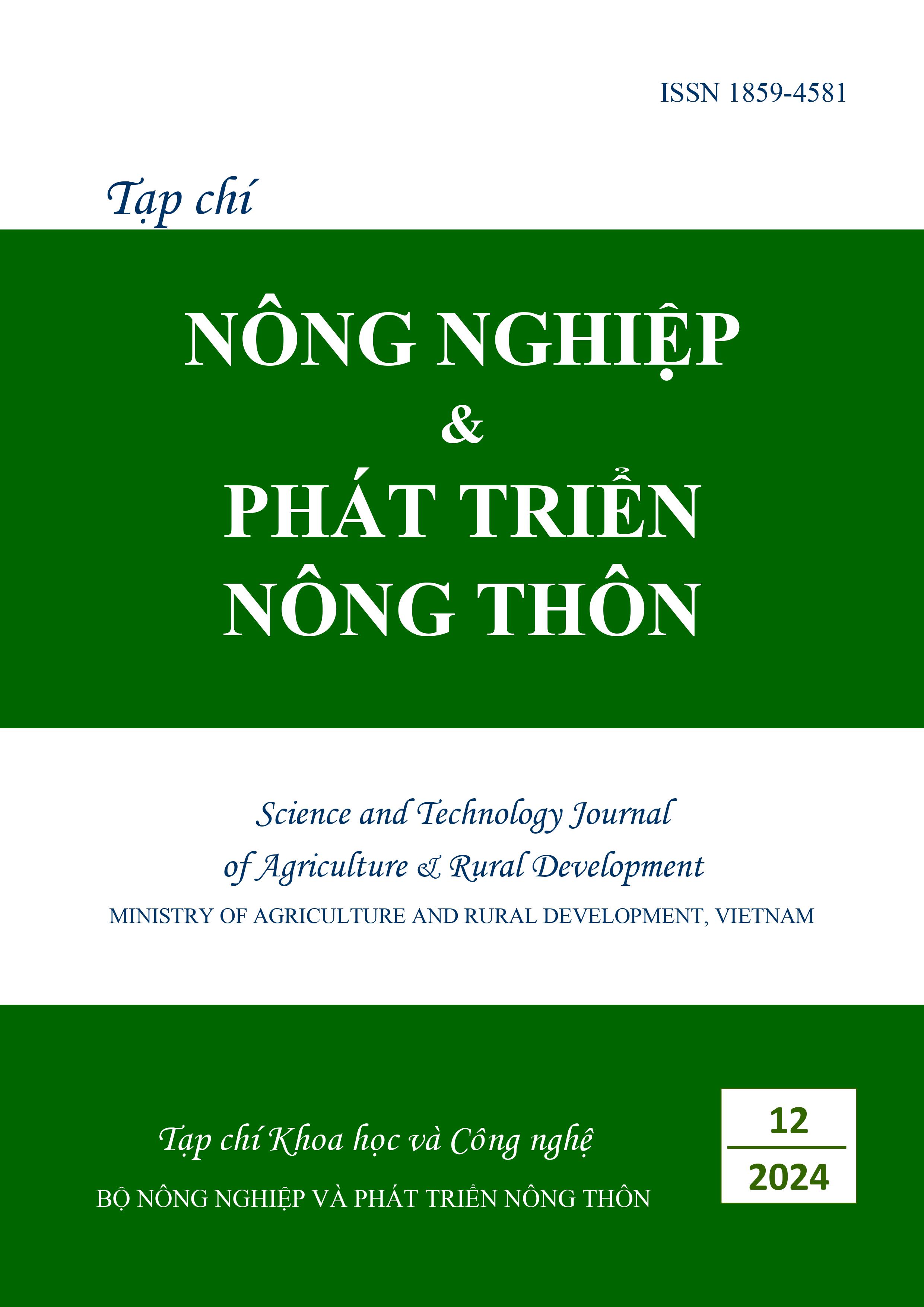MORPHOLOGICAL DISTINGUISHING OF LARVAE AND JUVENILES OF AMBASSIDAE, GERREIDAE AND SPARIDAE IN VIETNAM
DOI:
https://doi.org/10.71254/47b8jk31Keywords:
Ambassidae, Gerreidae, Sparidae, morphology, coastal wetlandAbstract
The familes Ambassidae, Gerreidae and Sparidae are diverse and widely distributed along coastal regions from tropical to temperate, both in their early and adult stages. Larvae and juveniles from these families often share similar morphological traits and frequently inhabit the same nursery grounds during overlapping seasons, posing challenges in specimen identification. Based on samples collected from the coastal wetland of Tien Yen, Quang Ninh province, this study provides comparative data on external morphology and discusses the characteristics used to distinguish among larvae and juveniles of these three families. Statistical analysis reveals significant differences in body part ratios, yet substantial variability and overlap persist across fish families. While the numbers of myomeres, anal fin rays, and pelvic fin rays were not much different among the families, notable distinctions emerge in the total count of dorsal fin rays and dorsal fin spines. Gerreidae stands out with its unique protrusible mouth structure. An identification key is proposed for postflexion larvae and juveniles of the three families based on mouth characteristics and total dorsal fin ray count. This study provides the first comparative analysis of larvae and juveniles from Ambassidae, Gerreidae and Sparidae, enriching resources for classifying the early stages of these common marine fish families.






